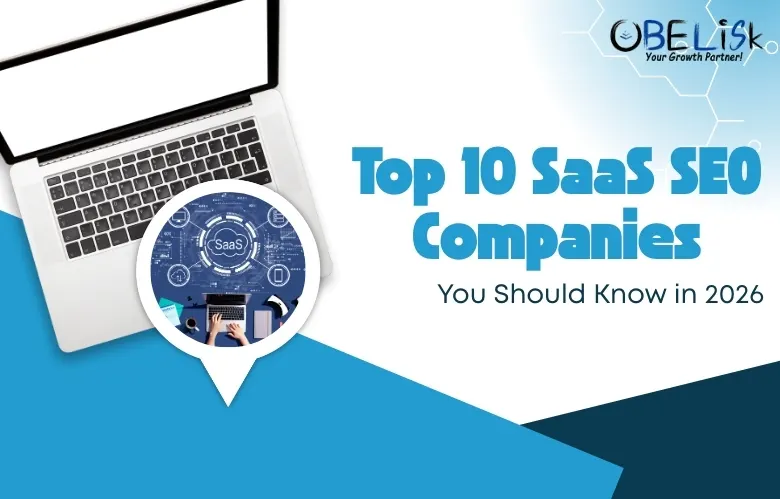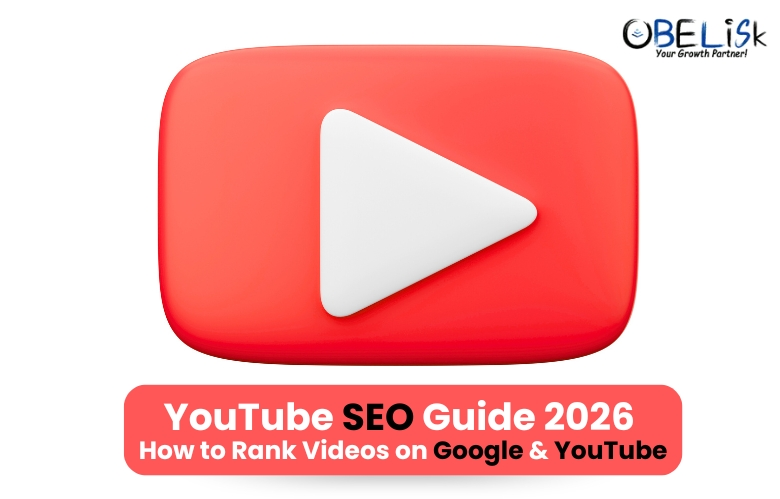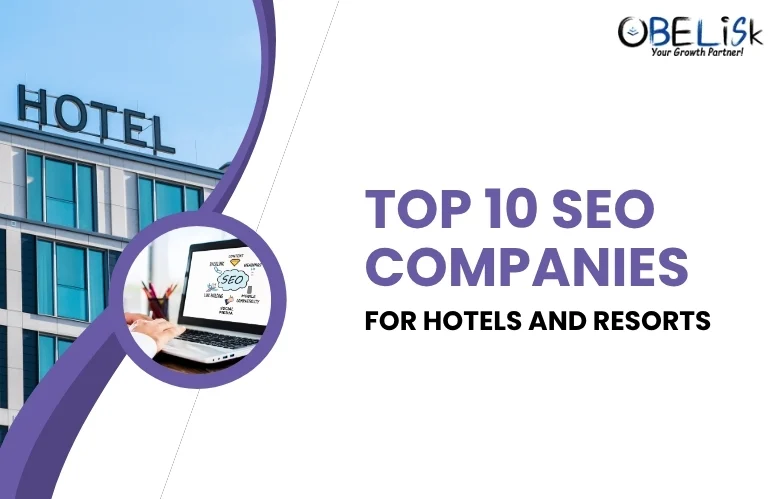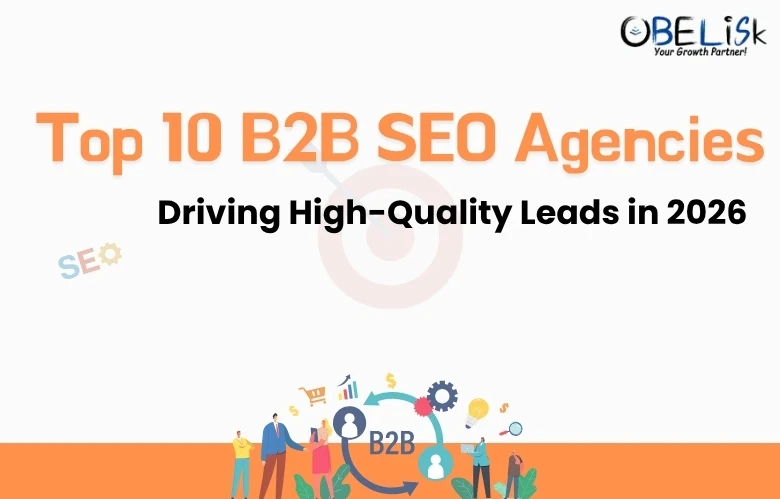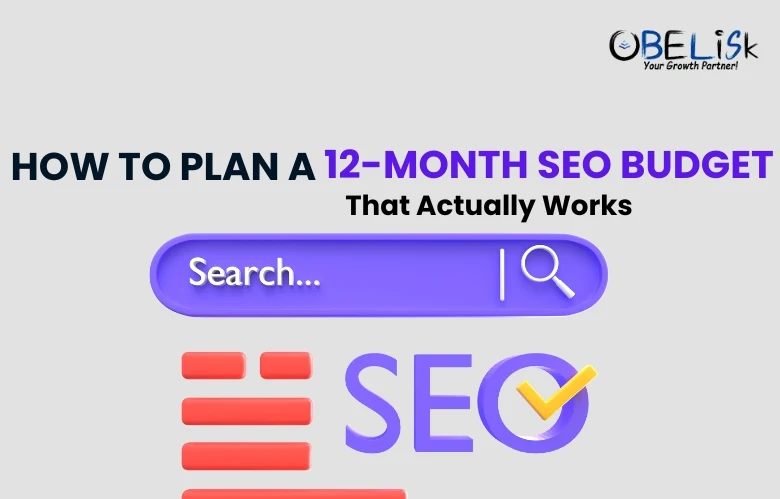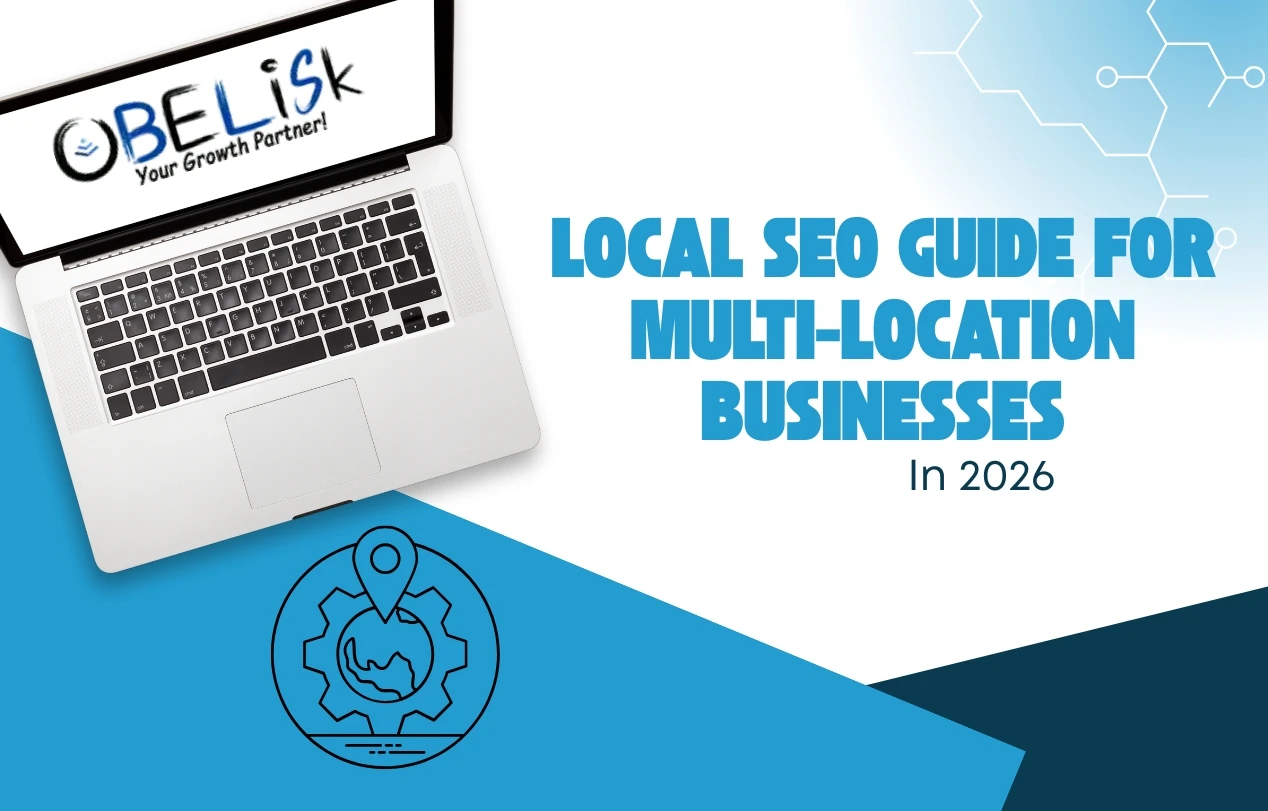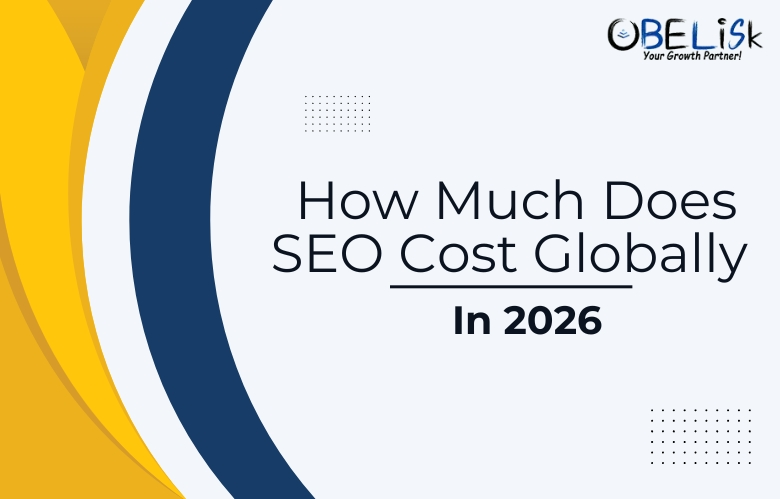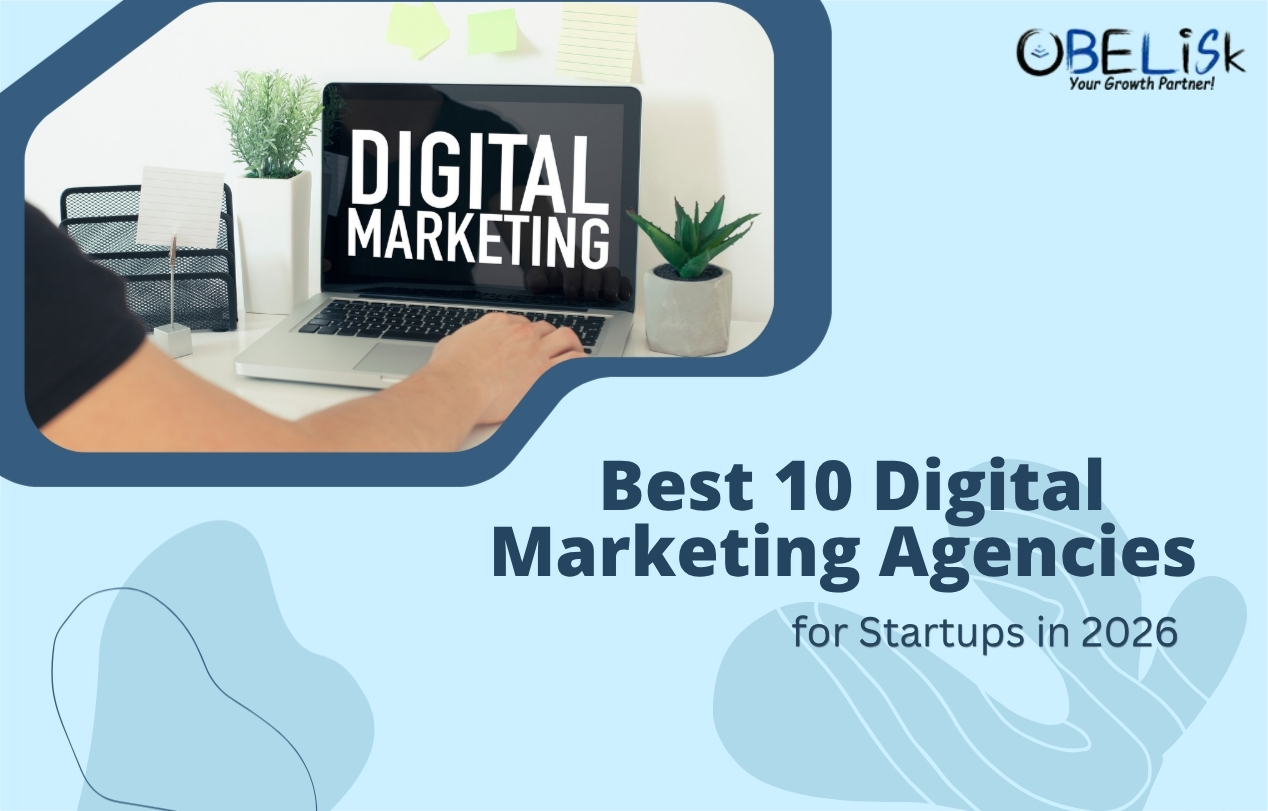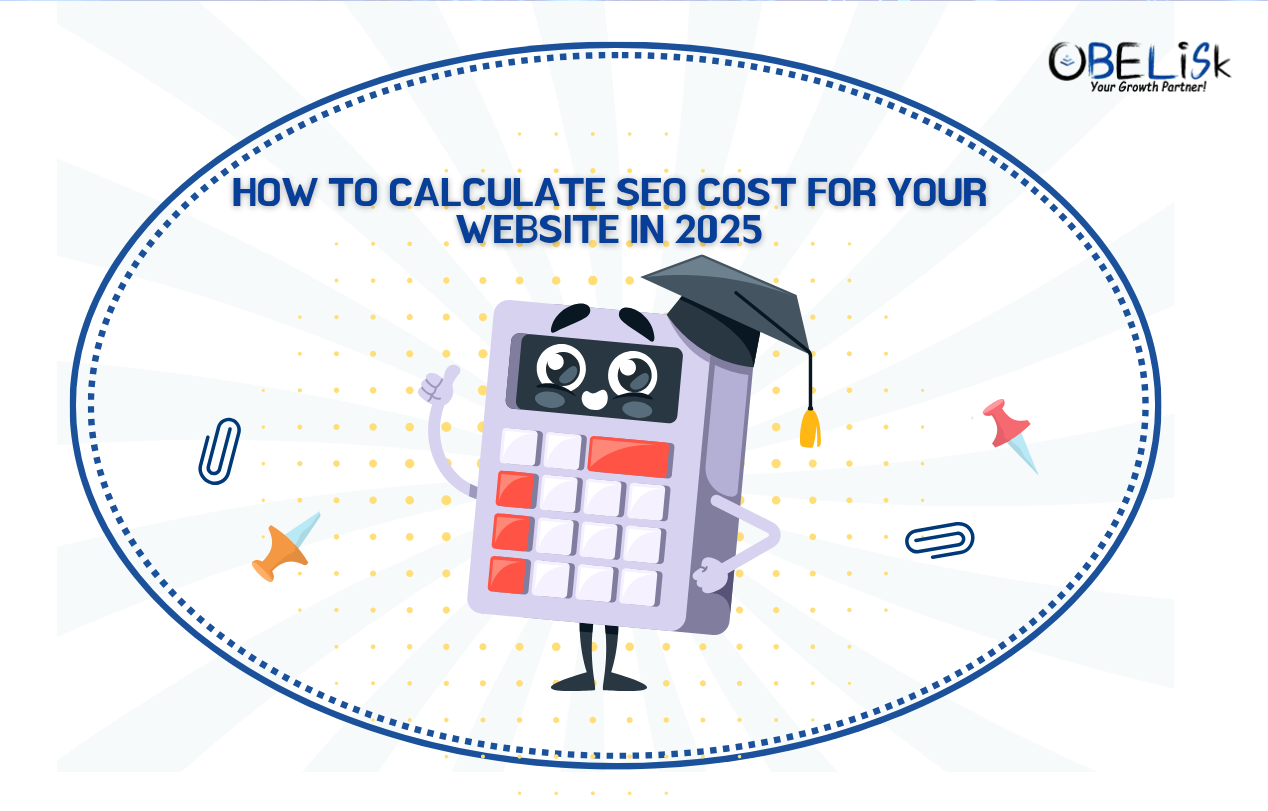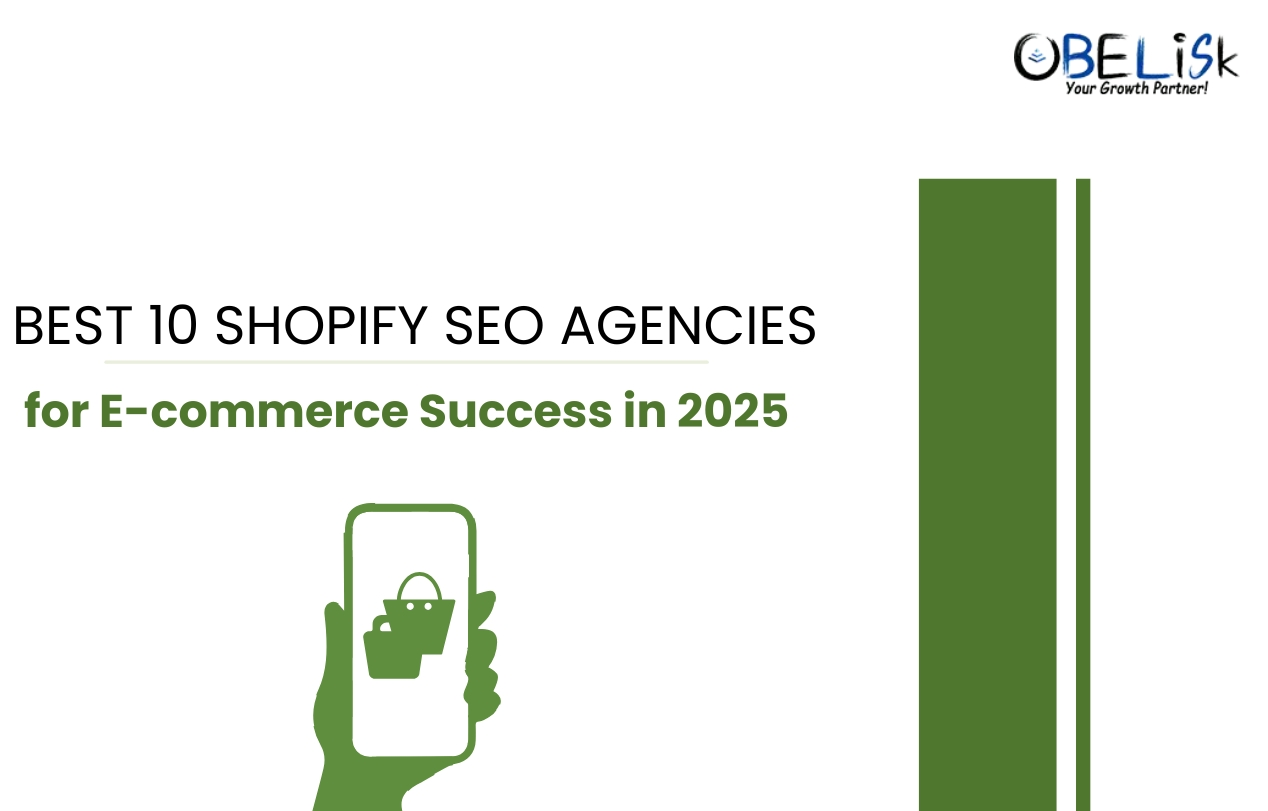Suppose you search in the browser – “best black t-shirts for men”. You will observe, that some of the websites will pop straight up the order in Google search engine rankings! What do you think what made that happen? A factor that determines this position greatly, is Search Engine Optimization (SEO). Thus, E-commerce SEO is nothing but optimizing and improving the contents of an e-commerce website to boost its search engine ranking and audience base.
Nearly, two years back in 2022, e-commerce retail sales were estimated to exceed 6 trillion dollars, and thus quite naturally, you can predict it to rise further in the coming years. If you are running an e-commerce business, you should be targeting to better the SEO game for maximum turnover and online visibility. Obelisk Infotech provides you with the best e-commerce SEO services in India. Discover the best strategies to do so, in this blog further.
Revealing the acutest means to ace your e-commerce SEO
1) Fine Keyword Research and Analysis
Without applicable and nicely researched key phrases, it will be hard to live on the pinnacle of the scores. Understanding the person’s purpose for looking at a query is the first and principal factor to do. Analyzing this will lead you to crafting keywords for your website to land multiple customers. Using generic keywords like, “shoes”, “ties”, “socks”, etc will cater to the broadest category of search queries.
Additionally, don’t miss out on incorporating Long-tail keywords, which may demonstrate lower search volumes but are significantly important to pulling customers in this fiercely competitive market.
2) Voice Search Optimization
SEO today is incomplete without Voice Search Optimization (VSO). Voice-based searches are popularizing at an insanely alarming rate even more with the introduction of several voice assistants like Alexa, Siri, etc. To ensure a win in this category, the inclusion of LSI keywords will surely be a game-changer. This motivates the NLP-powered search engines today to rank you higher up.
3) Mobile-responsiveness
With the rapid outbreak in the usage of mobile phones for online shopping, tuning your website compatible with mobiles is a must. Nowadays, search engines conduct mobile-first indexing, which implies more the mobile responsiveness of your website the more steps closer you are to securing the top spot in SERPs.
4) Content strategizing
When a potential customer lands on your e-commerce site, it’s the appeal of content on the site that keeps him/her hooked in the first place. Thus, the content you plan to put on your e-commerce site may make or break the deal for you.
Instead of just crowding your page with plain features, bother to add a comprehensive description of the products. Detailing can be further done with creative yet honest cons which shall compel the buyer to carry out the purchase. But things don’t end here. Our company offers the best ecommerce SEO services in India growing your business in the online market.
To be victorious in this rat race, you must do things that your competitors may lack. Visual content integration like images, videos, or infographics can even improve the retention time of your e-commerce page. Instead of providing text-based information to your customers, you can provide 360-degree viewable images of the products. Top platforms focusing on clothing and apparel, like Myntra, Ajio, etc even add video demonstrations of models wearing and showcasing the products, thus securing maximum customer engagement. Focusing on these golden tweaks will inevitably soar your E-commerce SEO to new heights.
5) Working on Rich-snippets
Have you ever come across search results listing websites, with reviews posted beneath the meta title and descriptions? That small section is referred to as “rich snippets”. Showcasing rich snippets into your e-commerce websites surely increases the click-through rates (CTRs) of your platform. Integrating this into your e-commerce site requires proper follow-up with the structured data and schema markup provided by Google Developer’s guide.
6) Revamping your Headers and Meta titles-cum-descriptions
Ensuring the readability of any page is invariably the key to receiving appreciation from your users. Headers in an e-commerce page contribute significantly to optimizing your SEO. An H1 tag shall be used just one time on the page, followed by bifurcating other sections with systematic inclusion of H2, H3, and H4 tags.
Meta titles and descriptions are also critical in deciding metrics for websites. Crafting meaningful, short, and crisp meta titles is an effective bait to attract customers for a call to action. Additionally, meta descriptions shall be convincing enough to ignite interest to check out the product at least once. Competent keyword research is necessary to achieve this feat.
Bottom Line
SEO in your e-commerce page holds the utmost importance in expanding your brand awareness and business sales. Check out your SEO score on platforms like Google Analytics to reflect on what to do and what not to do. Additionally, keep track of your competitors and study their strategies to enhance your game further.
The bottom line is you shall be dedicated enough to learn and improvise regularly for the best possible SEO results!


